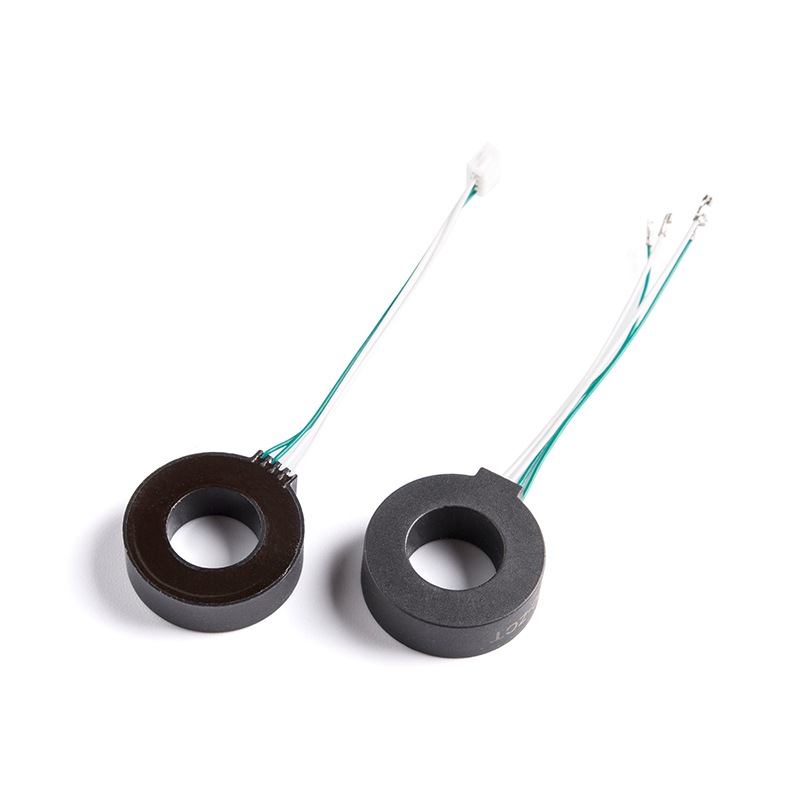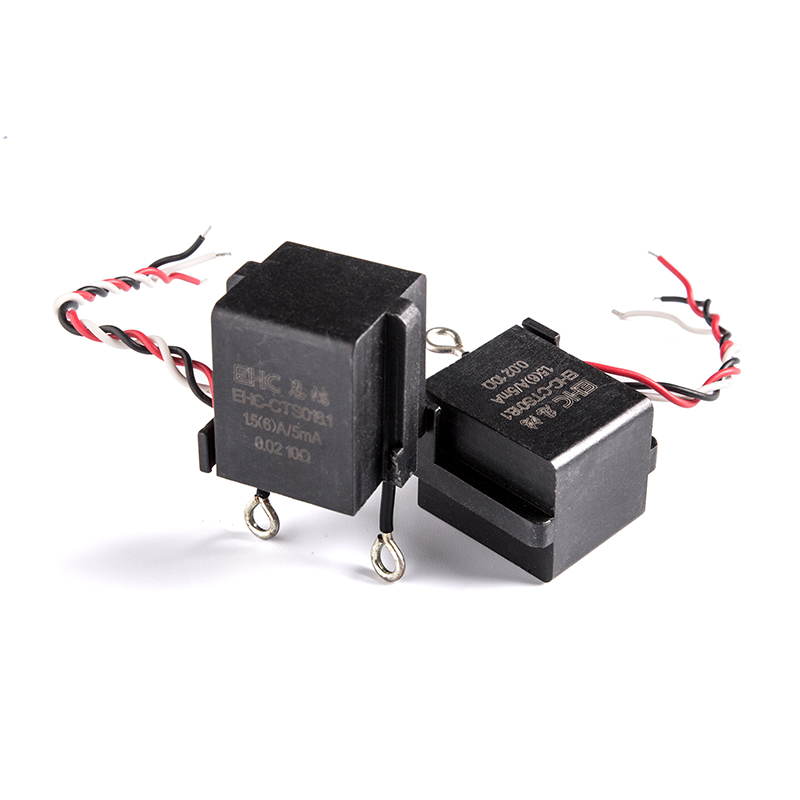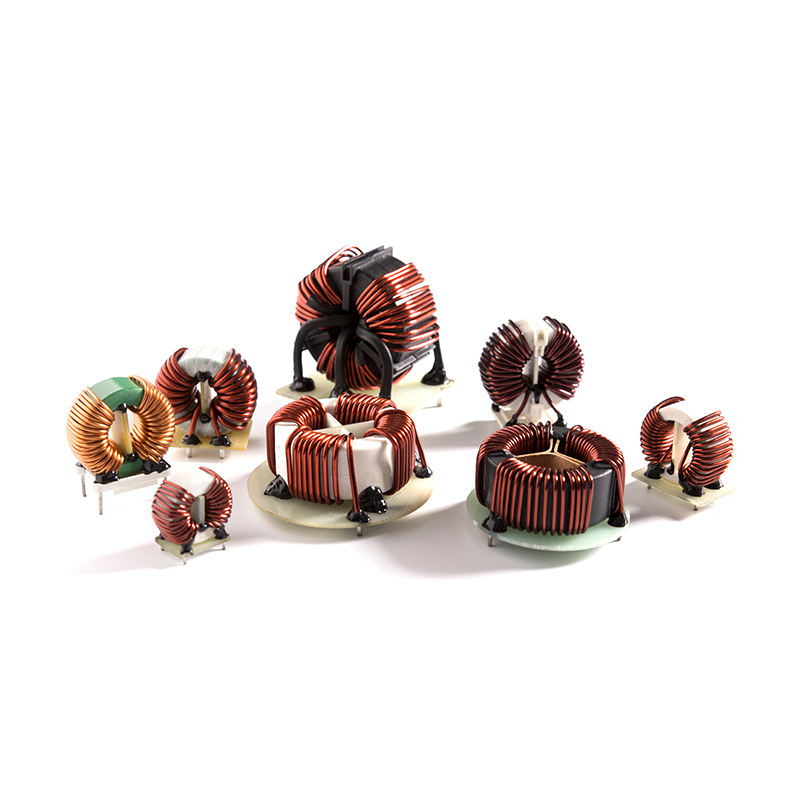Transformers are electrical devices that change the voltage of a current from one circuit to another. They are used in various industrial, commercial and residential applications.
They can be classified in to several different types based on their core materials and connection configurations. The most common type is a ferrite core transformer. It can be designed with a variety of shapes, sizes and types to match the application requirement.
Magnetic permeability is a key factor in the design of a transformer, and it has an impact on the loss of energy or electricity that can occur in the core. A solid iron core, for example, has very high permeability. It is often paired with other elements to reduce losses in the core and provide good performance.
Electromagnetic field density is also a major factor in the design of a transformer. This depends on the type of core material, which can be amorphous steel or solid iron.
Amorphous cores have very few losses, making them ideal for efficient power supplies. They also offer very good performance and safety at high temperatures.
Magnetizing currents are the main source of losses in a transformer core, and they can be further reduced by improving its design. The most common ways of doing this are by reducing the amount of circulating currents (eddy currents) within the iron core itself and by improving the magnetic coupling between the two windings.

Eddy Current Losses
The most important way of reducing eddy currents is by bringing the two windings very closely together and by increasing their magnetic coupling. This type of construction, known as the concentric coil construction, has the advantage of allowing almost all the magnetic lines of force to pass through the two windings at once.
However, it also has the disadvantage of causing a significant increase in magnetic losses. This is because the increased contact between the two windings results in a higher reluctance path for the magnetic field.
These losses can be further reduced by ensuring that the reluctance path for the magnetic flux is not obstructed by any external material. This can be achieved by constructing a shell type core, where the primary and secondary windings are wound on the same centre limb or leg of the transformer which has twice the cross-sectional area of the outer limbs of the same design.
Leakage Flux is another important feature of this core type, and it can be overcome by arranging the windings on each leg so that the magnetic flux circulating around the legs of each leg has a closed path to flow around both sides external to the coils before returning to the centre coils. This enables the magnetic flux to be much more efficient, and can result in better overall efficiency compared to other types of transformer constructions.
In addition to reducing leakage flux, a shell type core can also help improve the overall efficiency of a transformer by allowing the triple harmonics to circulate in the winding legs with an efficient low reluctance path as shown above. This allows the line-to-neutral voltage distortion that is seen in some other types of transformer constructions to be absorbed.

 English
English 中文简体
中文简体 Deutsch
Deutsch 日本語
日本語

 View More >>
View More >> View More >>
View More >> View More >>
View More >> View More >>
View More >> View More >>
View More >> View More >>
View More >> View More >>
View More >>